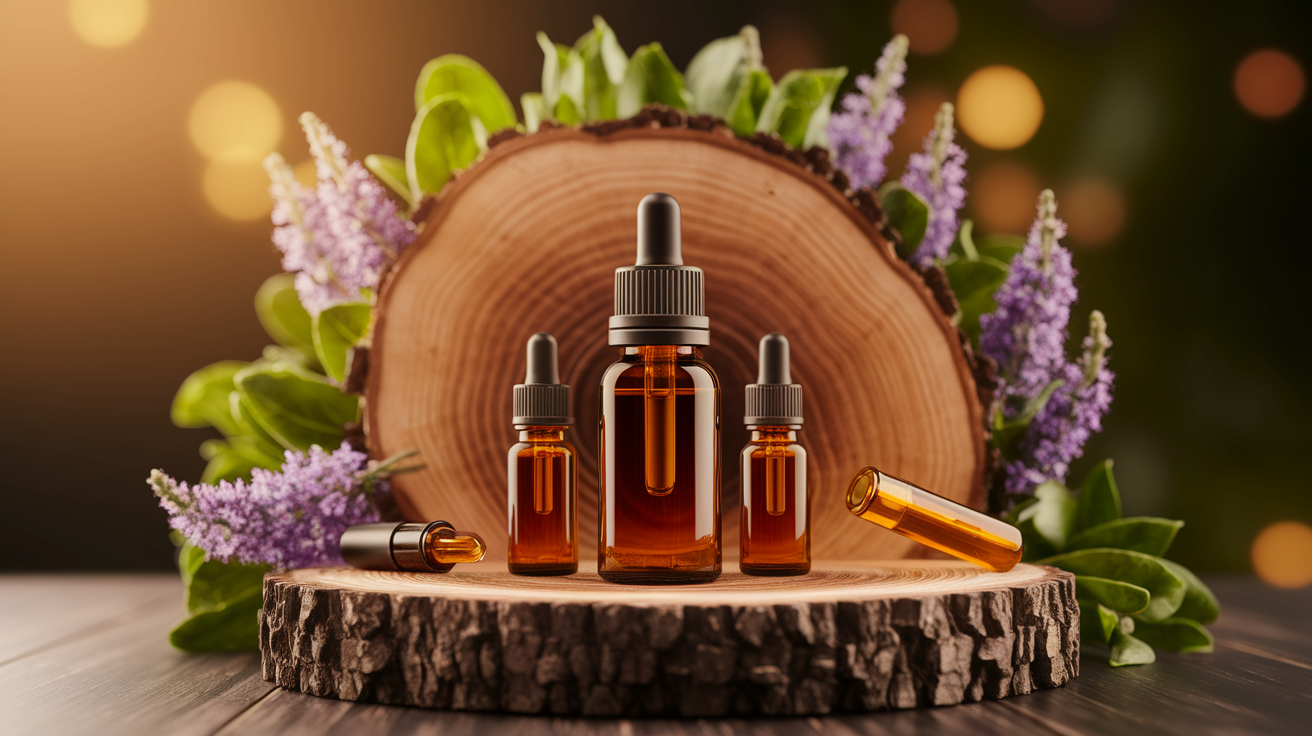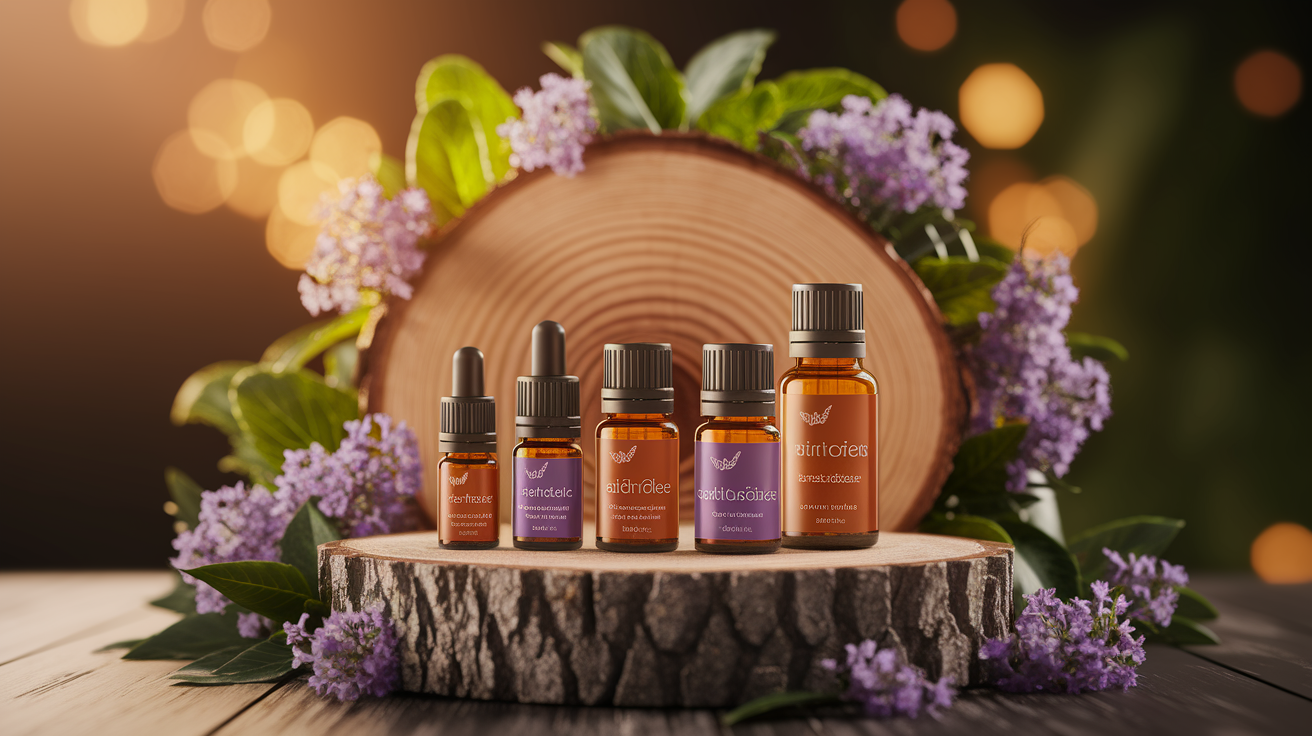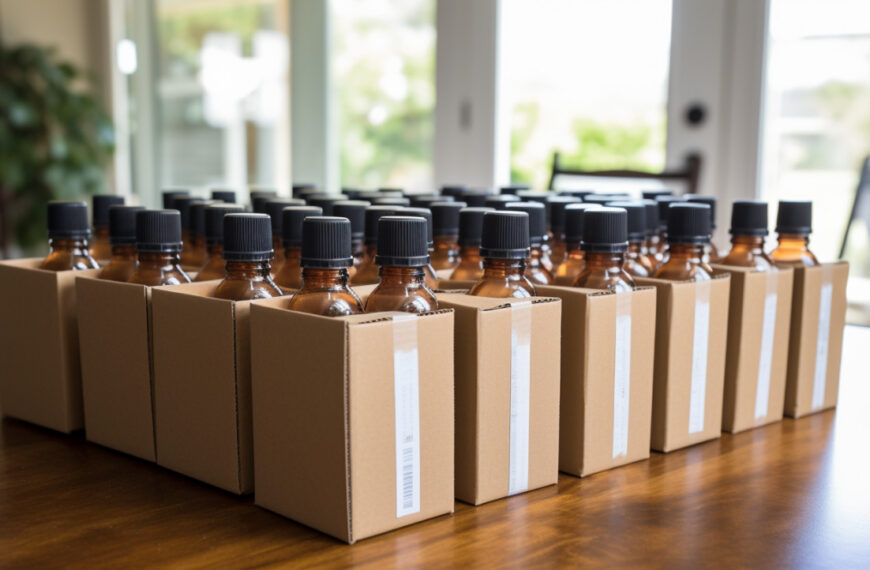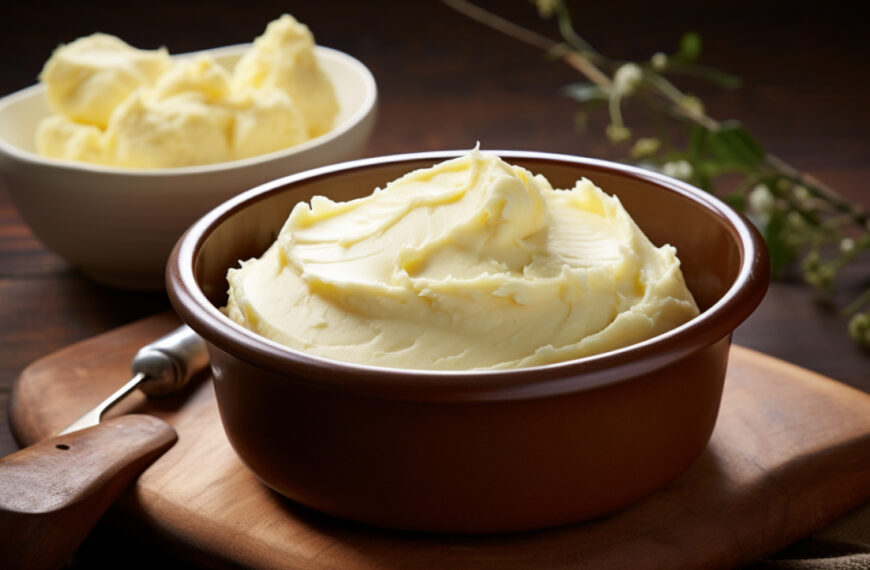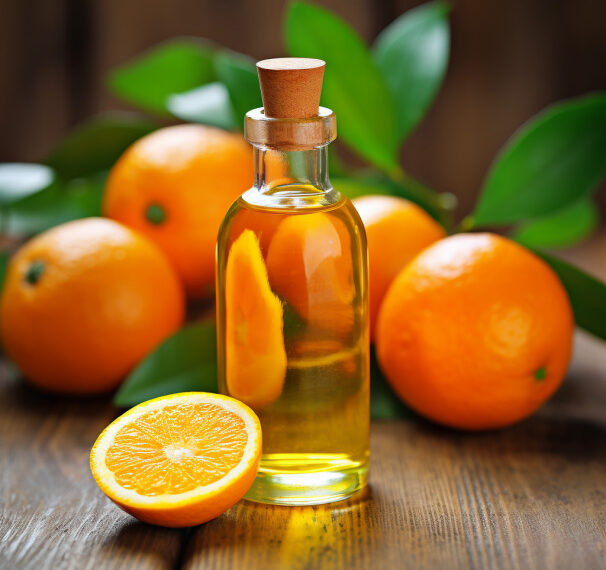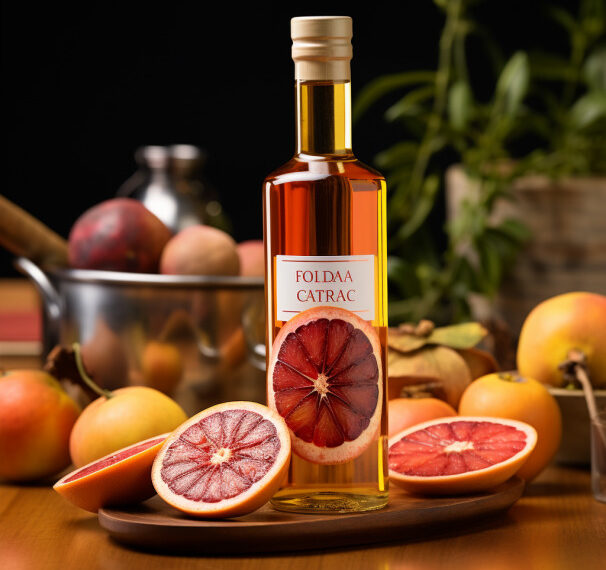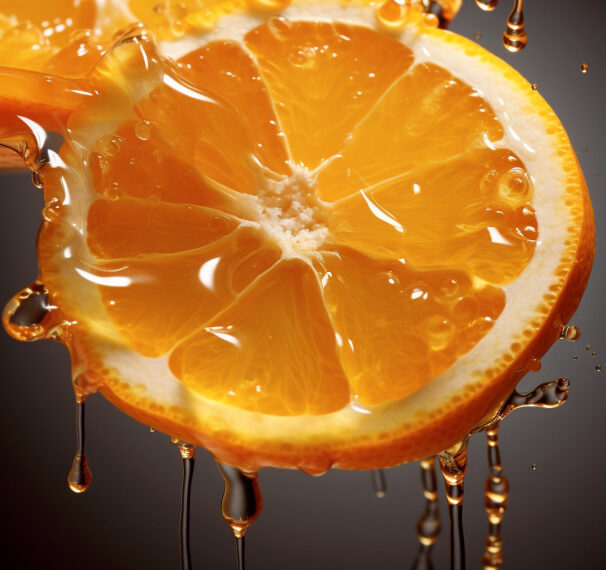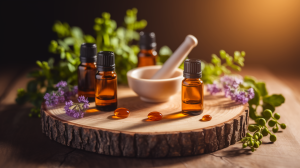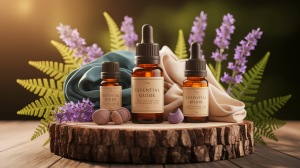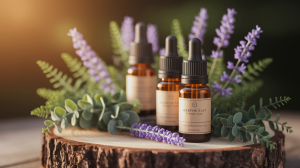The Magic of Microcapsules: Why Essential Oils Need Encapsulation
Imagine holding a drop of pure peppermint oil and knowing it’s a bit of a diva—sensitive to heat, easily rattled by light, and prone to sulking when exposed to oxygen. That’s the nature of volatile compounds: they’re delicate, but oh-so-powerful. Without some kind of protection, these tiny aromatic treasures can lose their therapeutic kick long before they even reach your hands. That’s where microencapsulation steps in, wrapping each molecule with a shield to keep them safe from heat, oxidation, and moisture. The result? Extended shelf life, improved stability, and the ability to use essential oils confidently in everything from cosmetics to pharmaceutical applications.
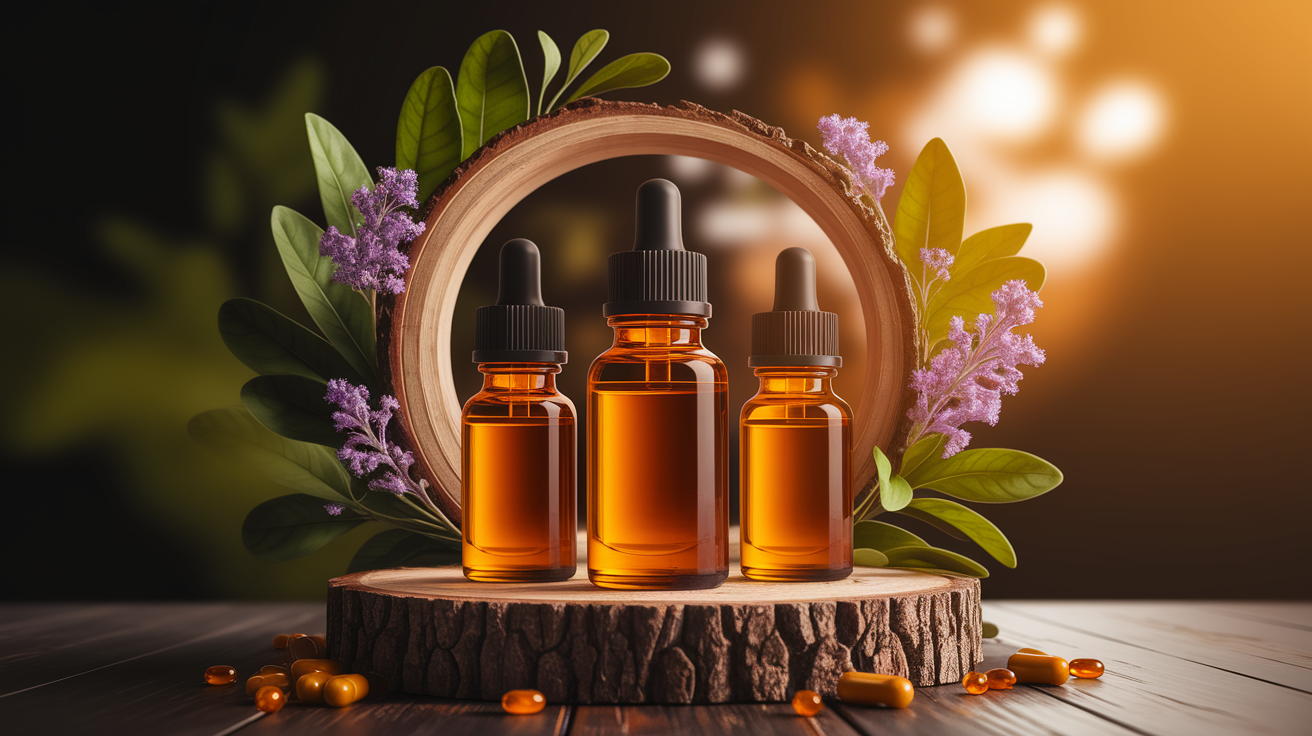
This process isn’t just about locking away fragrance—think of it as safeguarding flavor in foods, maintaining antimicrobial activity in cleaning products, or ensuring targeted delivery in controlled release systems. Encapsulation transforms an unpredictable, short-lived oil into a steady, dependable ally.
Spray Drying Simplified
Spray drying sounds almost theatrical—picture misting an essential oil emulsion into a chamber of hot air, where it’s instantly transformed into a fine, dry powder. It’s fast, it’s efficient, and for large-scale production, it’s a workhorse of a method. The trick lies in using wall materials with excellent water solubility so the oils are protected yet easily released when needed. But there is a catch: high temperatures can be rough on sensitive oils, so you’ve got to balance speed with gentleness.
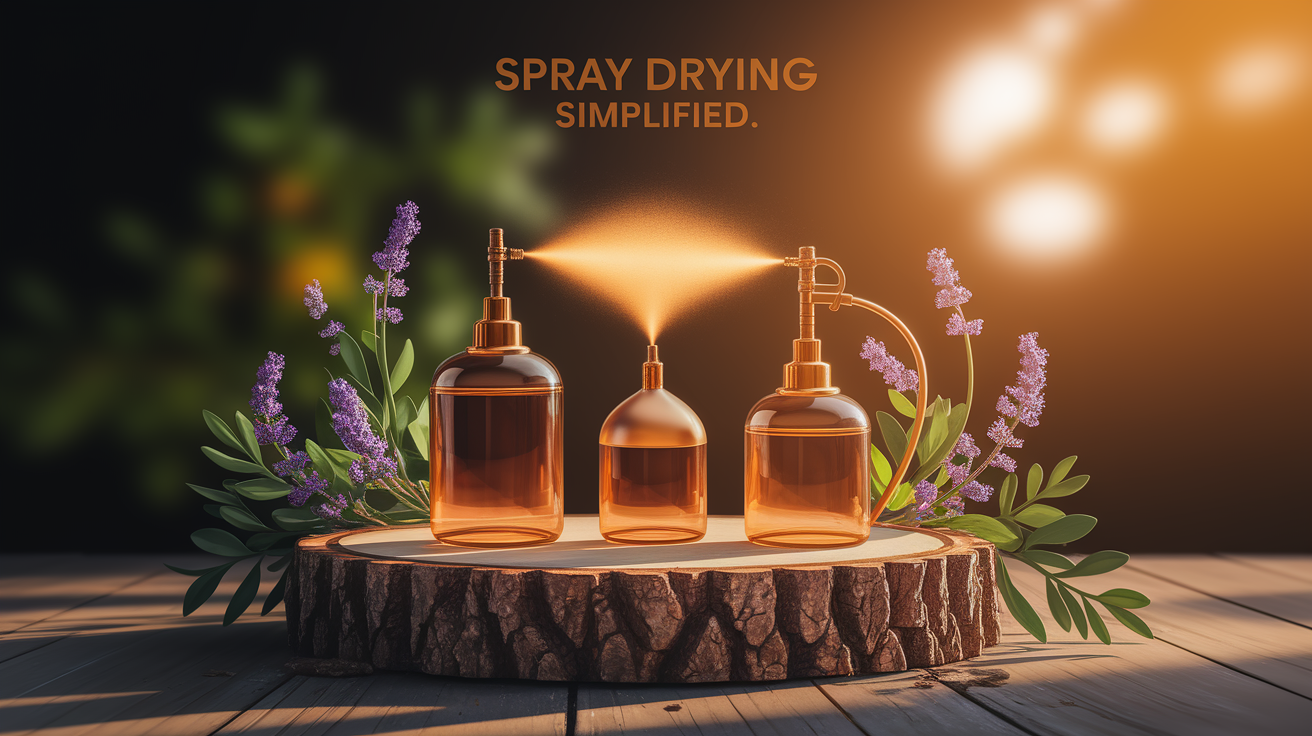
The spray drying essential oil encapsulation process is adored for its scalability and cost-effectiveness. In food preservation, it means those lemon or cinnamon notes stay bright. In aromatherapy blends, the fragrance is still luscious months later—no sad, faded scent to speak of.
Coacervation: Precision Through Phase Separation
Coacervation feels like a science lab trick with a splash of magic. This technique involves phase separation—essentially coaxing a wall material to gather tightly around an oil droplet, like a custom-tailored suit. Unlike the whirlwind approach of spray drying, coacervation is deliberate and precise, often resulting in incredibly uniform capsules and controlled release profiles.
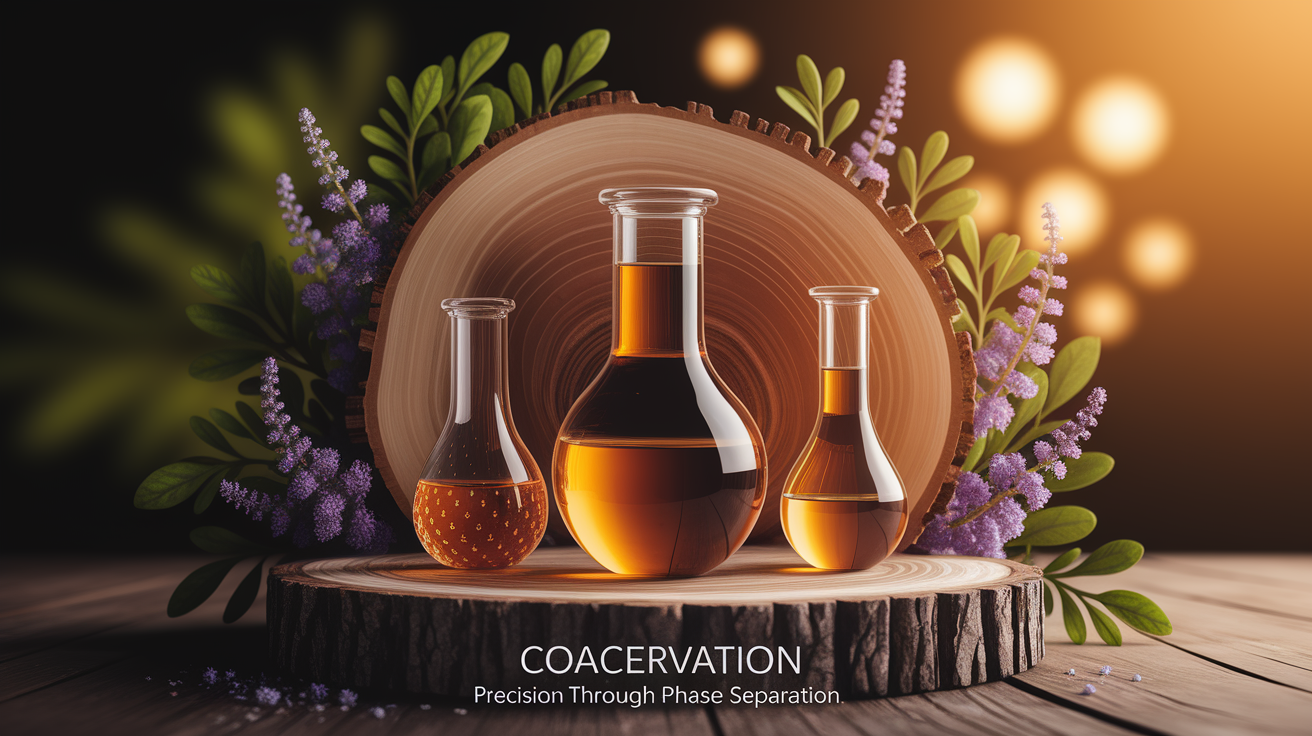
The beauty of coacervation for oil preservation is in how well it can protect against thermal degradation while keeping the oil ready to shine at just the right moment. It’s a darling in pharmaceutical applications when dose control matters, and it also works wonders in cosmetic formulations where a smooth, luxurious feel is just as important as aroma.
Lyophilization for Gentle Preservation
If spray drying is like a quick, hot roasting, lyophilization—also known as freeze-drying—is the polar opposite: slow, cold, and gentle. It preserves essential oil stability by carefully removing water under low temperatures, leaving the bioactive compounds intact. The result is a product almost unchanged from its fresh state, but with the moisture barrier firmly in place.
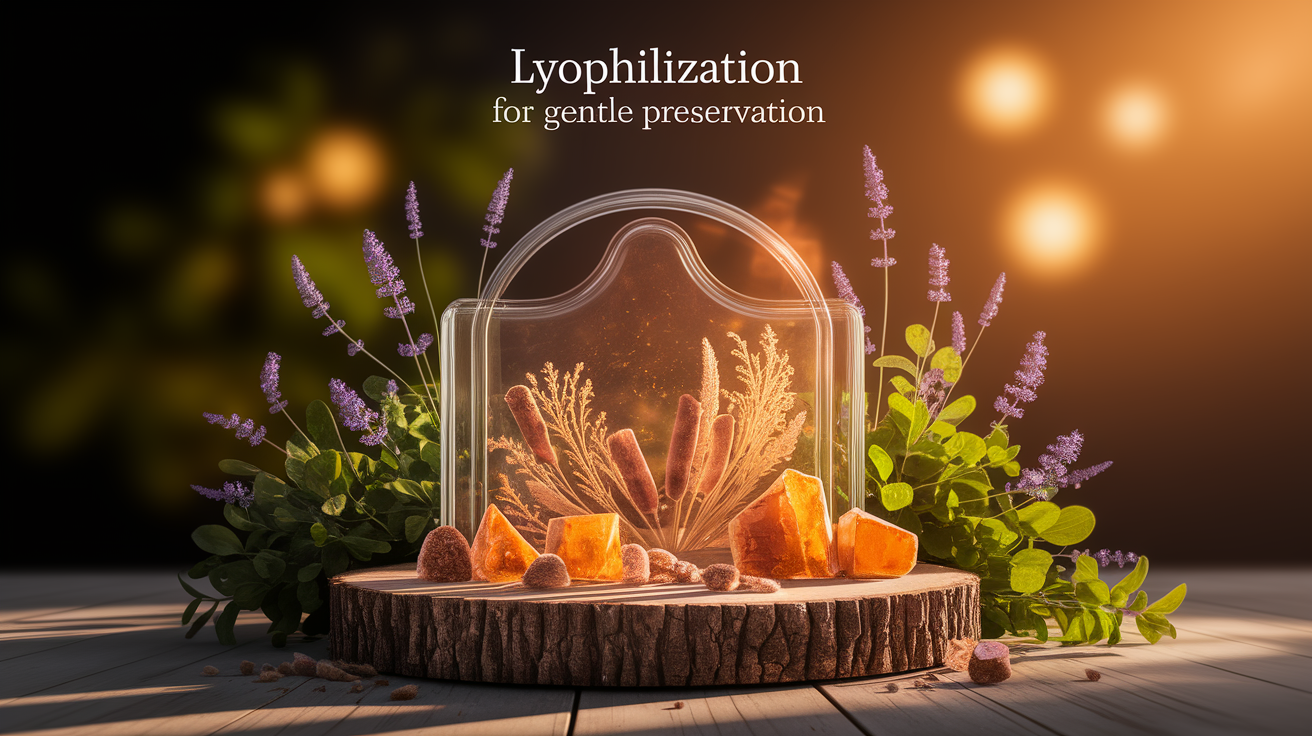
For sensitive aromatherapy oils or formulations where oxidative stress could ruin therapeutic efficacy, lyophilization delivers a capsule that’s as close to fresh-pressed as you’ll get outside the plant itself. Think of it as taking the oil and tucking it into a deep sleep until it’s time to use it.
Ultrasonic Emulsification: Fine Emulsions at Low Energy
Here’s where technology gets sleek: ultrasonic emulsification uses sound waves—yes, sound waves!—to break oil into ultra-fine droplets while barely heating them. That low-energy approach means there’s minimal risk of damaging the delicate oils during preparation for encapsulation.
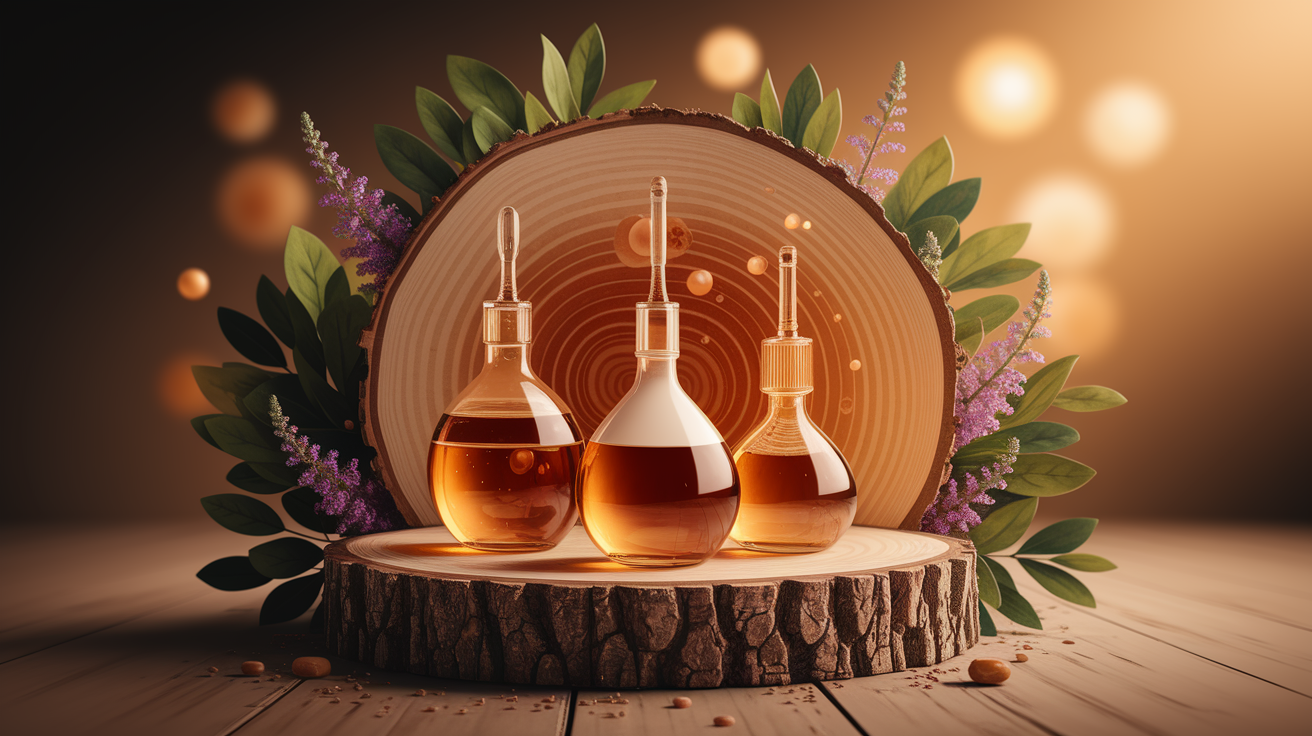
Because this technique yields incredibly fine emulsions, it makes a solid partner for nanoencapsulation and liposome creation. That means better bioavailability, enhanced solubility, and potential for targeted delivery that’s almost futuristic in its precision.
Choosing the Right Method: A Comparative Guide
- Spray Drying: Best for large-scale production, cost-effective, but watch heat sensitivity.
- Coacervation: Excellent for precision and thermal protection, well-suited to controlled release applications.
- Lyophilization: Gentle, maintains near-original integrity, great for sensitive oils.
- Ultrasonic Emulsification: Very low thermal impact, ideal for nanoencapsulation and enhanced bioavailability.
The decision often comes down to the oil’s characteristics, desired shelf life extension, and the end-use—whether it’s in a gourmet food product, a long-lasting perfume, or a targeted pharmaceutical delivery system.
Sealing Stability: Your Next Steps in Oil Encapsulation
Once the droplets are safely tucked inside their chosen carrier system—whether polymer matrices, cyclodextrins, or liposomes—the goal shifts to keeping them intact until they’re needed. This means optimizing coating materials for oxidation protection, testing release kinetics, and ensuring moisture doesn’t sneak in where it’s not wanted.
If the idea of capturing scent, flavor, or therapeutic potency at its peak intrigues you, encapsulation technologies for essential oils open the door to some truly exciting possibilities. Whether you’re crafting a shelf-stable culinary masterpiece or designing a cosmetic blend that sings months after production, mastering these techniques turns fleeting aromatic moments into enduring sensory experiences.

